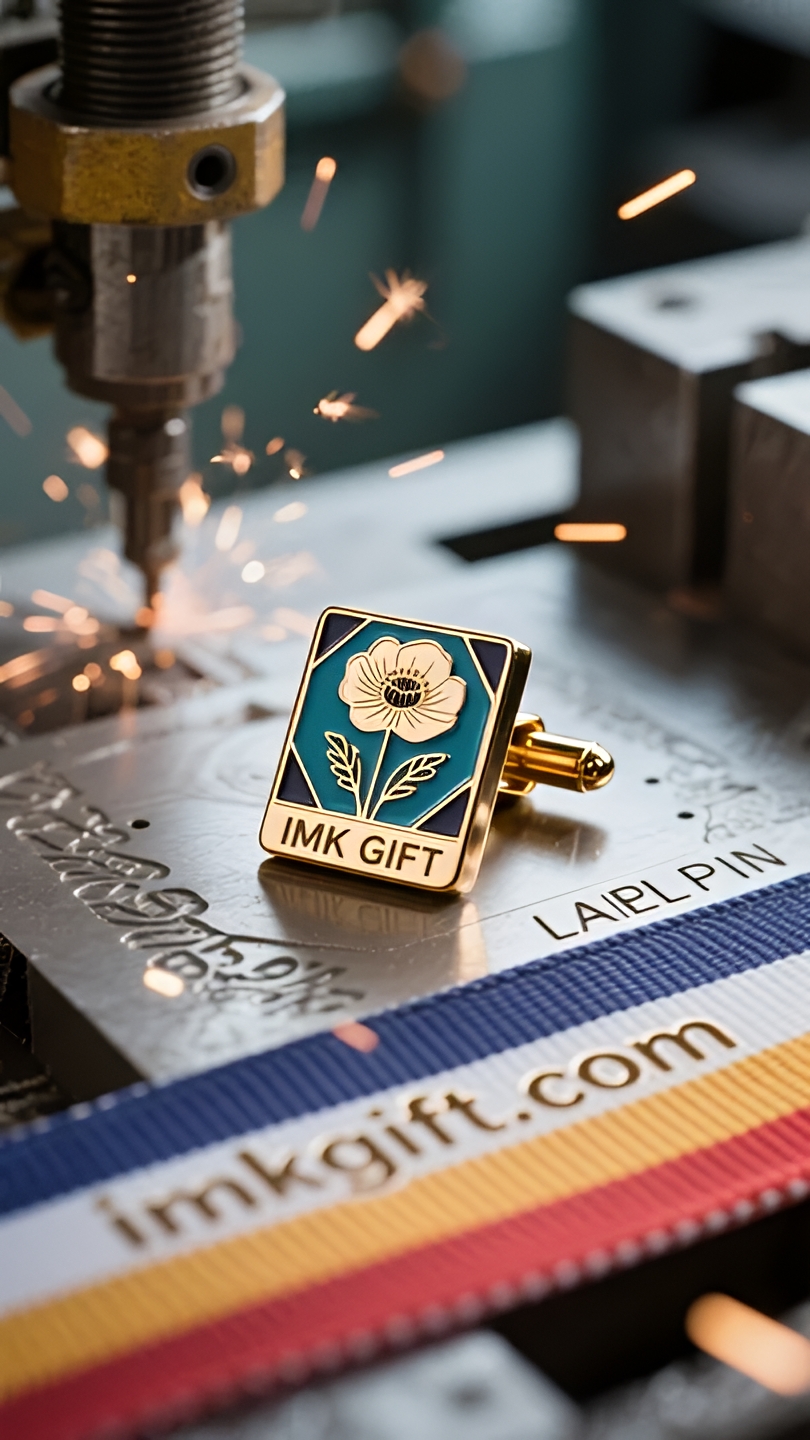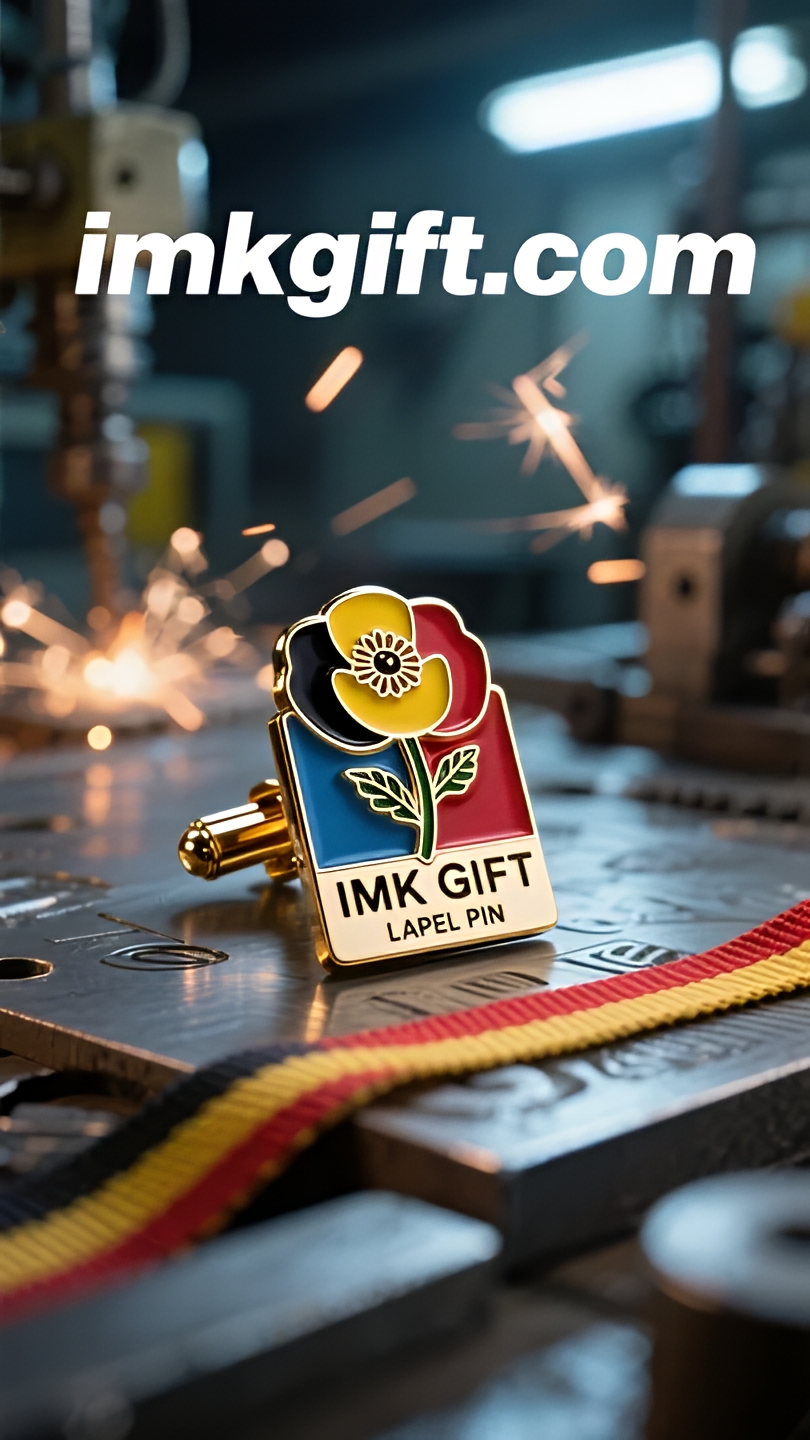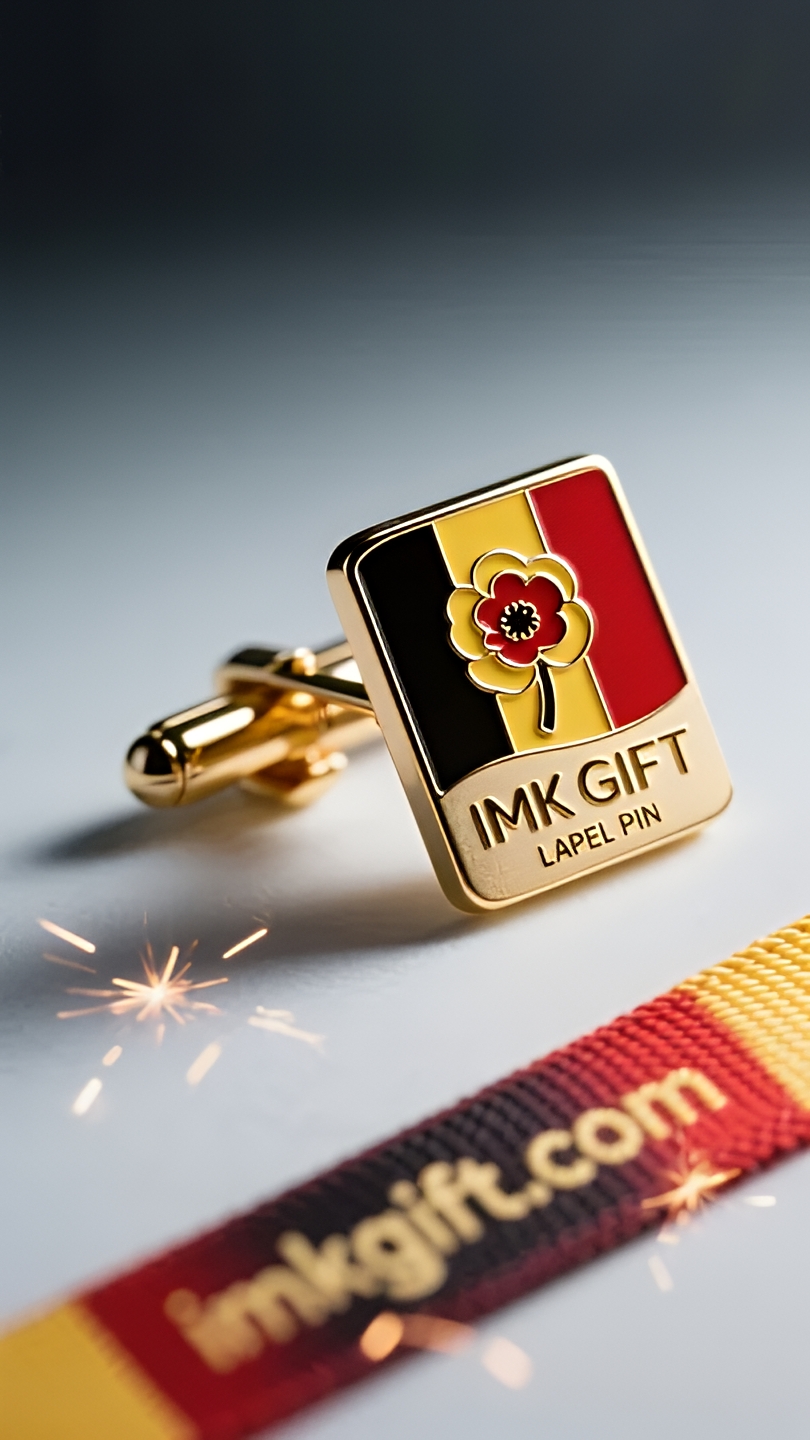in997-Black-Yellow-Red-and-Poppy-The-courage-to-bloom-in-the-scars
▼
Every November, the poppy cufflinks worn by Belgians always glimmer in the cold wind of late autumn. This month, when European countries commemorated the Armistice Day of World War I, Belgians used the black, yellow and red national flag and the bloody poppies to interweave a unique national narrative – a medal of courage reborn from the ruins of war. The black, yellow and red colors of the Belgian flag have been repeatedly stained by the smoke of war. Black symbolizes the power to break through darkness, yellow shows the glimmer of wisdom, and red solidifies the blood shed for freedom. The poppy cufflinks worn on the lapel of a suit, with ruby petals supported by a silver base, are like the miracle of life sprouting from scorched earth. Each cufflink tells the story: the deepest wound can also bloom the most beautiful flowers. This wild flower originated from the battlefields of Flanders, and was carefully carved by Belgian craftsmen into a timeless accessory. The wearer transforms the memory of war into a driving force for progress, just as Belgium rebuilt the dome of the Grand Place in Brussels after the two world wars, using broken bricks and stones to create a more brilliant mosaic pattern. The cold light of the metal and the warmth of the gemstones of the cufflinks are metaphors for the wisdom of survival that combines strength and softness – remembering the weight of suffering and forging the resilience to transcend suffering. When the tricolor ribbon of the national flag brushes over the poppy cufflinks, the Belgians use this silent ceremony to pass on the national spirit: true courage is not to forget the pain, but to turn the scars of history into fertile soil that nourishes hope. Just as black soil will eventually give birth to golden wheat waves, the civilization tempered by blood and fire will eventually bloom eternal flowers in the ashes.
Cada noviembre, los gemelos de amapola que llevan los belgas siempre brillan en el viento frío del final del otoño. Este mes, mientras los países europeos conmemoraban el Día del Armisticio después de la Primera Guerra Mundial, los belgas usaron los colores tricolor negro, amarillo y rojo de su bandera nacional y las amapolas rojas para tejer una narrativa nacional única: una medalla de coraje que surgió de las cenizas de la guerra. Los colores negro, amarillo y rojo de la bandera belga han sido manchados repetidamente por el humo de la guerra. El negro simboliza el poder de romper la oscuridad, el amarillo indica el destello de la sabiduría y el rojo solidifica la sangre derramada por la libertad. Los gemelos de amapola que se llevan en la solapa de un traje, con pétalos de rubí sostenidos por una base de plata, son como un milagro de vida brotando de la tierra quemada. Cada gemelo dice: de la herida más profunda también puede florecer la flor más bella. Esta flor silvestre, originaria de los campos de Flandes, está meticulosamente cincelada por artesanos belgas hasta convertirla en un accesorio atemporal. El usuario transforma el recuerdo de la guerra en motivación para seguir adelante, de igual forma que Bélgica reconstruyó la cúpula de la Grand Place de Bruselas después de las dos guerras mundiales, utilizando ladrillos y piedras rotas para crear un patrón de mosaico más brillante. La fría luz del metal y la calidez de las piedras preciosas de los gemelos simbolizan la sabiduría de supervivencia de combinar dureza y suavidad, recordando el peso del sufrimiento y forjando la resiliencia para trascenderlo. Cuando la cinta tricolor de la bandera nacional rozaba los gemelos de amapola, los belgas utilizaban esta ceremonia silenciosa para transmitir el espíritu nacional: el verdadero coraje no es olvidar el dolor, sino transformar las cicatrices de la historia en terreno fértil que alimente la esperanza. Así como la tierra negra eventualmente dará origen a olas doradas de trigo, la civilización templada por la sangre y el fuego eventualmente florecerá con flores eternas de las cenizas.
每年11月,比利时人佩戴的虞美人袖扣总在深秋寒风中闪烁微光。这个月,当欧洲各国纪念一战停战日时,比利时人用黑黄红三色国旗与血色虞美人交织出独特的民族叙事——那是从战争废墟中重生的勇气勋章。
比利时国旗的黑、黄、红三色,曾被战火硝烟反复浸染。黑色象征突破黑暗的力量,黄色昭示智慧的微芒,红色凝固着为自由流尽的鲜血。而佩戴在西装翻领处的虞美人袖扣,银质底座托起的红宝石花瓣,恰似从焦土中萌发的生命奇迹。每一枚袖扣都在诉说:最深的伤口也能开出最美的花。
这种源自佛兰德斯战场的野花,被比利时工匠精心錾刻成永恒的配饰。佩戴者将战争记忆转化为前行动力,正如比利时在两次世界大战后重建布鲁塞尔大广场的穹顶,用碎裂的砖石拼出更璀璨的马赛克图案。袖扣的金属冷光与宝石温润,隐喻着刚柔并济的生存智慧——既铭记苦难的重量,更锻造超越苦难的韧性。
当国旗的三色绶带拂过虞美人袖扣,比利时人用这种静默的仪式传承着民族精神:真正的勇气,不是遗忘伤痛,而是让历史的伤痕化作滋养希望的沃土。正如黑土地终会孕育金黄的麦浪,血与火淬炼的文明,终将在灰烬中开出永恒之花。
▼
Contact Us
📞 Tel: +0086-760-85286839
📧 Email: sales3@imkgift.com








